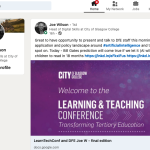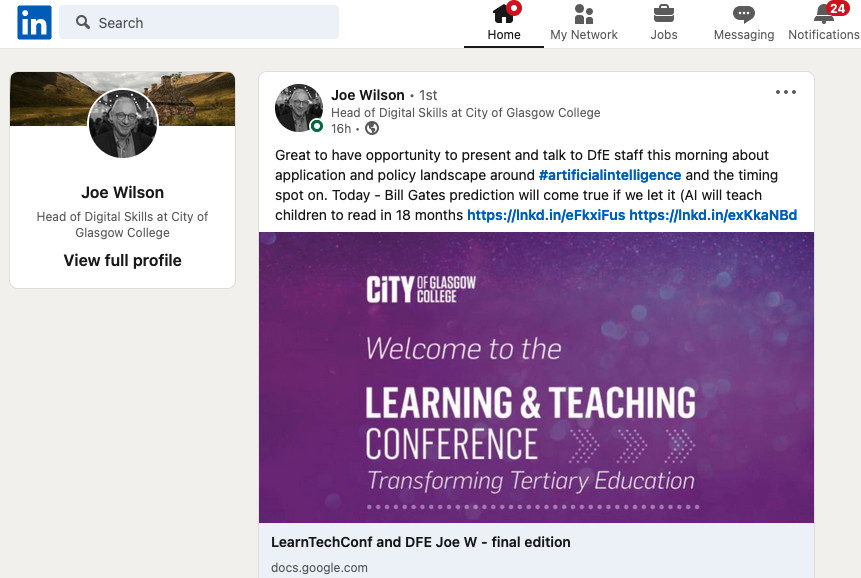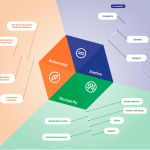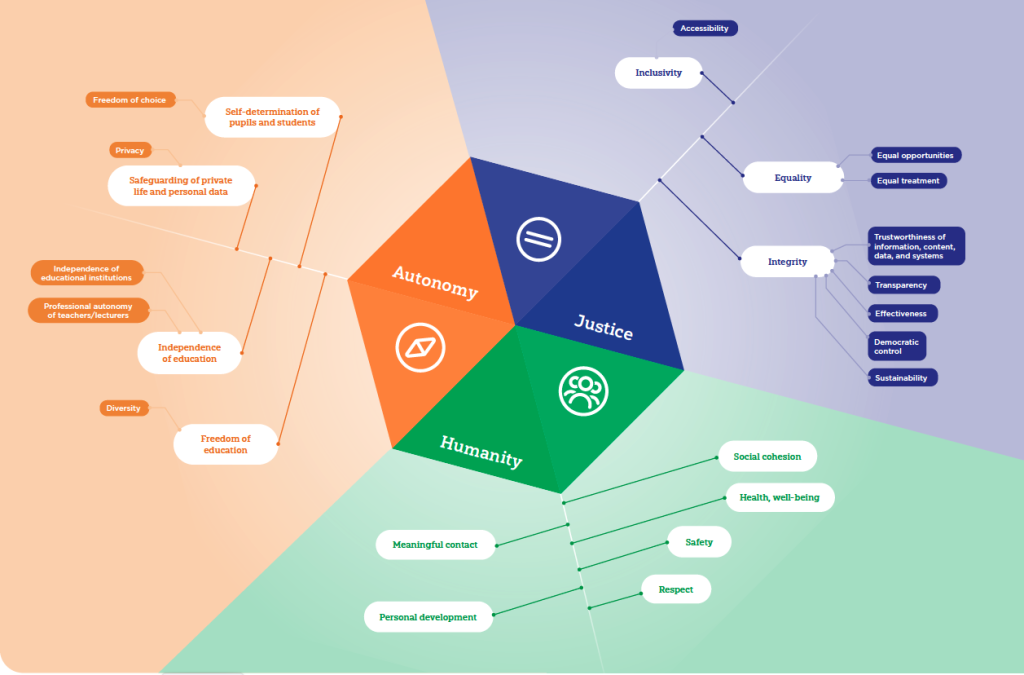Context is key to how we implement AI in teaching and learning

Here is the latest in our series of interviews with educators about Artificial Intelligence.
About
Arunangsu Chatterjee is Professor of Digital Health and Education in the School of Medicine, Faculty of Medicine and Health at the University of Leeds.
He is the Dean of Digital Transformation for the University, responsible for driving forward the delivery of the University’s Digital Transformation strategy, with a particular focus on leading change programmes and projects in digital education, digital research, and digital operations areas. He has academic responsibility for the development of relevant digital transformation programmes, securing academic buy-in to change initiatives and leading delivery of initiatives through project activity into business as usual and embedding of activity. He works closely with project teams, teams in professional services and academic Faculties and Schools to lead and support digital transformation initiatives. As Professor of Digital Health and Education he works with the UK National Health Service developing a health competency framework.
Digital Transformation and Infrastructure
Educational institutions need to upgrade their infrastructure for researching and implementing AI including the provision of high-performance CPUs / GPUs allowing access to high performance computing. Institutions also need to recruit software engineers. This is problematic due to high labour market demand for such engineers and the limited pay available through public institutions.
“It is critical that we improve the research infrastructure and use AI to join the dots.” Arunangsu is aware that the cost of developing AI in areas with very high data need such as in healthcare may be too much for universities and certainly for vocational and adult education. But he believes AI can be used to develop the infrastructure, for instance through developing business / research platforms and through analyzing grant applications.
Implementation and Adoption
Arunangsu says that AI has reinforced the need for interdisciplinary networks.
Institutions should develop an AI roadmap with a bottom up and challenge-based approach. Partnerships are important especially at a regional level. The roadmap should be a collective plan with opportunities for everyone to buy in – including from different economic sectors.
Teacher and student roles
Banning AI by educational institutions is not helpful. We cannot stop students using it. We need to educate graduates in using AI. There are three key competences:
- Tool awareness and selection
- Prompt engineering and
- Tool chaining
We need training for staff as well as students in these competences.
Context is key to how we implement AI in teaching and learning. Course design needs to incorporate Explainable AI. We can use AI to mine curricula and find the gaps.
We can look at the context of course and curricula provision in a region and its social and economic role.
Ethical and Social Implications
Arunangsu is less optimistic about the impact of AI on jobs. While he is opposed to the proposed three month moratorium on AI development, he sees a need for a slowdown and moratorium on job losses from AI. In an educational context he sees a high risk that AI will replace learning and content designers. He believes employers should not be using AI to cut costs but rather to improve productivity and quality. “Intelligent automation needs care. We need a new welfare system and pay if we do not want to end with civil unrest. AI led job cuts also pose a big heath challenge.
Arunangsu drew attention to the newly released Leeds University Guidance to Staff on the use of Artificial Intelligence and in particular to the instruction not to use online AI detection tools. Instead, he said the University is looking at new forms of assessment.








